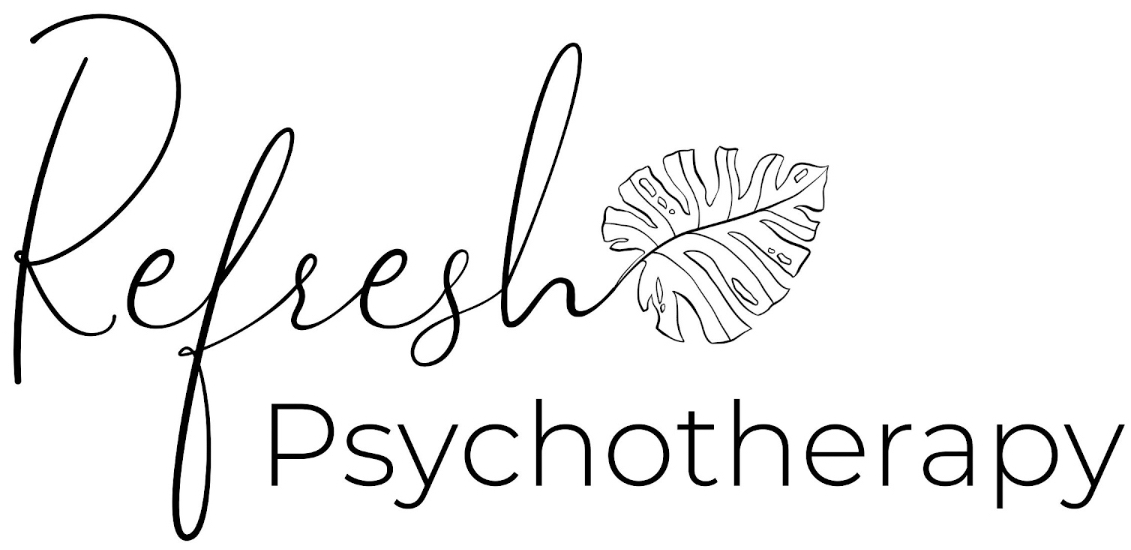
The Hidden Height Bias at Work: Practical Scripts and Posture Hacks to Offset Subconscious Leadership Stereotypes
Most people wouldn’t list “height” as a leadership skill—but in the workplace, how tall or short you are can impact how you’re perceived, treated, and promoted. From meetings to interviews to everyday interactions, unconscious height bias subtly shapes who gets seen as competent, who commands attention, and who’s expected to lead. And this bias affects both ends of the spectrum—people who are considered “too short” and people who are seen as “too tall.”
While height is rarely acknowledged as a workplace barrier, the mental health toll it takes is real. Whether you’re constantly underestimated or always expected to dominate the room, being outside the “average” height range can affect self-concept, professional confidence, and even identity development. This article explores how height bias shows up at work, how it impacts people on both ends of the height spectrum, and what practical steps—including communication scripts, posture techniques, and therapy—can help you reclaim your authority and peace of mind.
Heightism Isn’t Just About Shortness
Most conversations about height discrimination focus on people who are shorter than average, and for good reason: research shows that taller people, particularly men, are more likely to be hired, promoted, and paid more (Judge & Cable, 2004). One study found that each additional inch in height correlated with roughly $800 more in annual income (Persico et al., 2004). Tallness is culturally coded as powerful, assertive, and competent.
But extreme tallness can also carry a burden—especially for women and nonbinary professionals, who may be perceived as “intimidating,” “masculine,” or “unfeminine” in traditional workplace cultures. Taller individuals may be told to “tone it down,” be softer, or “stop towering over people.” They may receive unwanted comments about their bodies, or be tasked with taking charge simply because of their physical presence.
Both experiences—being perceived as too small to lead or too big to be approachable—are rooted in unconscious bias. And both can have lasting impacts on how individuals show up at work.
The Emotional Cost of Height Bias
Height bias is often invisible until it accumulates. Over time, these messages—“You’re so cute,” “You’re so intimidating,” “Stand in the back,” “Let the tall guy handle it,”—start to shape a person’s internal narrative.
Shorter professionals may:
- Feel infantilized or overlooked
- Be interrupted more often
- Be talked over or not taken seriously
- Avoid assertive speech due to internalized beliefs about status
Taller professionals may:
- Be expected to automatically lead, even if they’re not in charge
- Receive comments about their appearance instead of their ideas
- Be perceived as aggressive or overbearing
- Shrink themselves to appear less threatening
These dynamics are rarely discussed, yet they can lead to chronic anxiety, self-monitoring, and emotional burnout.
Posture Hacks That Help You Take Up Space—or Soften It
Nonverbal communication plays a huge role in workplace dynamics. Posture, gesture, and spatial awareness can help reshape the way others perceive your presence—and how you perceive yourself.
For shorter professionals:
- Elevated posture: Keep shoulders open, spine long, and chin parallel to the floor. Use open gestures rather than keeping hands folded or hidden.
- Eye-level adjustments: Use seat cushions or adjust your chair height in meetings to bring your eyes to the same level as others.
- Movement anchors: When speaking, use confident hand gestures and pause occasionally to let your words land.
For taller professionals:
- Grounded posture: Keep both feet on the floor and soften your shoulders. Avoid looming or leaning directly over others.
- Center alignment: Stand or sit with centered, symmetrical posture to project calm presence rather than dominance.
- Boundary awareness: Use subtle shifts in distance to reduce intimidation if people seem uncomfortable.
Scripts to Interrupt Bias Without Creating Conflict
Because height bias is often subtle, direct confrontation may not always feel safe or effective. Instead, you can reframe the moment with language that redirects attention to your competence and role.
When you’re underestimated:
- “Actually, I’ve led similar projects before—here’s how I’d approach this one.”
- “I know I don’t take up a lot of space physically, but I’m very clear on my strategy here.”
When you’re perceived as aggressive:
- “I know my presence can be intense—please let me know if my tone ever feels off.”
- “I have a lot of energy around this topic, and I’d love to channel it collaboratively.”
When facing body-based comments:
- “I’d love to focus on the ideas—we’ve got important ground to cover.”
- “My height’s not on the agenda, but this analysis is.”
These responses allow you to hold authority without creating unnecessary defensiveness.
Internal Scripts for Reclaiming Self-Perception
Cognitive restructuring techniques from CBT (Cognitive Behavioral Therapy) can help challenge distorted beliefs reinforced by social feedback. Here are some reframes to practice:
- Thought: “I don’t look like a leader.”
Reframe: “Leadership is about clarity, not appearance.” - Thought: “They’re only listening because I’m tall.”
Reframe: “My ideas matter. My body isn’t the only reason I’m being heard.” - Thought: “They’ll never respect me—I look too young.”
Reframe: “Respect comes from how I lead, not how tall I am.”
Over time, reframing helps neutralize the shame and self-doubt that height-based bias can create.
How Height Bias Intersects with Gender and Culture
Gender norms shape how height is perceived. Tall women are often expected to shrink themselves, while short men are often pressured to compensate through aggression or overachievement. Nonbinary individuals may struggle with conflicting gendered expectations about presence and demeanor.
Cultural context also matters. In some cultures, physical presence is strongly tied to perceived authority; in others, deference and humility are more valued. Height bias often intersects with race, accent, or weight—making it harder to isolate.
This is why therapy can be so useful: it allows space to untangle internalized messages that stem from multiple layers of bias.
How Therapy at Refresh Psychotherapy Can Help
At Refresh Psychotherapy, we understand that height bias isn’t superficial—it’s a workplace barrier that affects confidence, performance, and identity. Our therapists work with high-achieving professionals who’ve internalized feedback about being “too much” or “not enough” based on their appearance. Whether you’re navigating leadership expectations, cultural stereotypes, or persistent self-doubt, our clinicians can help you develop new internal narratives, assertive communication skills, and a healthier relationship with your body and role. You don’t have to carry this quietly. Book your appointment today: refreshtherapynyc.clientsecure.me
Written by: Keeley Teemsma, LCSW, MA
Works Cited
Carney, D. R., Cuddy, A. J. C., & Yap, A. J. (2010). Power posing: Brief nonverbal displays affect neuroendocrine levels and risk tolerance. Psychological Science, 21(10), 1363–1368.
Judge, T. A., & Cable, D. M. (2004). The effect of physical height on workplace success and income: Preliminary test of a theoretical model. Journal of Applied Psychology, 89(3), 428–441.
Persico, N., Postlewaite, A., & Silverman, D. (2004). The effect of adolescent experience on labor market outcomes: The case of height. Journal of Political Economy, 112(5), 1019–1053.
